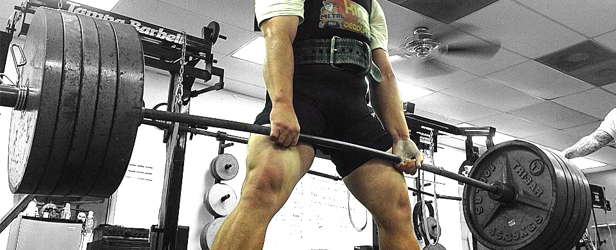
There are training modalities that many have strong opinions about. When it comes to the discussion of these modalities, the important thing to understand is the reasoning behind any particular component you may place into your system. In the past, I have been as guilty as anyone with either misinterpreting things or dismissing certain protocols or exercises without really taking a look at what could be accomplished. The idea here is to look at a few popular discussion points and try to see what application they may have.
Low-dosing (1 x 20 and similar)
When I first heard of this idea I was extremely skeptical of the approach. It sounded odd and the rep ranges being discussed, the number of exercises and sets were all different than what is commonly accepted. However, I put my skepticism aside and started to find out what I could learn about this approach.
To get more of the idea, I would direct anyone towards the information that Dr. Yessis has put out on this, along with the articles that Jeff Moyer, Steve Olson, Yosef Johnson, and others have talked about. These individuals are the ones who actually gave me a better idea of the application of 1 x 20. The idea is to look at what the trainee actually needs at the current point, not the maximum amount they can cope with. From there, start with the lowest amount and slowly accumulate as you see fit. Always use correct performance of the movements as your guide, and designate what movements have relevancy to what the desired training effects are.
The thing is if you start with too high of an amount of work you end up wasting time because the results you get won’t necessarily be any better, but the stress that you place on the athlete will be higher. This is inefficient because it is essentially rolling the dice from an injury standpoint, could lead to poor performance of drills/exercises, or end up with issues recovering or inconsistencies in performance.
As far as the actual protocol, in the 1 x 20 system the idea is to use a larger complex of exercises, train toward the needs of the athlete and their sport, and keep the intensity relatively low. When looking at the level of the athletes this is being discussed with, the methods makes a lot of sense. First, correct execution is being stressed. This is huge for young athletes because if they are working at high intensities they may not be able to perform movements with the technical efficiency needed for a number of reasons which could include fear of failure, poor motor control, lack of strength in the areas being worked, or lack of muscular endurance.
Additionally, the average young athlete is not exactly displaying so much neural efficiency across the board where a rep scheme like 1 x 20 is out of the question. In fact, a lot of coaches of younger athletes have noted that some of the percentages and rep schemes listed in many popular strength training protocols are inappropriate because with as low as the reps are, many beginners can actually perform far greater amounts of work at given percentages than more advanced athletes. I noticed this in the past and also by experimenting with some of the principles of lower dosing. When I had attempted to use lower rep protocols in the past, certain athletes looked like they could easily perform the work or even if they struggled didn’t seem to be getting much return. However, from viewing what was going on with some of the higher rep, lower intensity loading, it was obvious that the effort required of them to perform the work with the desired technique was actually not only more appropriate, but also seemingly more difficult. (But remember, just because something is hard doesn't mean it's better)
Another thing to note here is sometimes people look at what an athlete can do in their given sport, and think that there should be a need for them to be on advanced protocols in all realms of their preparation. The thing here is that just because an athlete may be very skilled in their given sport or event does not mean they are capable of engaging in highly advanced loading protocols. Something I really scoffed at initially was the use of 1 x 20 with college athletes. After considering that sometimes you have them step on campus without doing anything except lining up and playing for their entire life, the protocol makes sense.
Now, to add to all of this, it does not have to exactly be 1 x 20 to fall into the principles of what is being discussed. The main point is determining something that will utilize the lowest effective dose, allows an athlete to recover as well as perform, and feature not only correct technique on the selected exercises but also ensure that the selected exercises contribute to the training effect that is sought.
Maximal Effort
People probably think that now that I endorsed low dosing, I must be looking to drag maximal effort work across the coals and deem it to be a terrible idea. However, this is not the case at all. What needs to be looked at is the application of maximal effort work and why it would be used.
In the realm most people think of maximal efforts (or ME as you may see elsewhere) this would be having a particular day in the weight room where the focus is to lift heavy. If you are talking in terms of the popularized approach, this would also involve using variants of the movements but never actually using the competitive exercises. However, this is only one view maximal effort work.
Another view of this would be the form that Olympic lifting systems have used of working up to a daily max in a small pool of exercises, with priority on mainly the competitive lifts. Again, this is an opposing view from the variation of the aforementioned system.
Behind all of this is the idea of understanding who really would need to lift maximally on a regular basis, such as weekly, daily, or multiple times a day depending on what view is being taken. First, a need for maximal attempts would be after other options were exhausted. For someone competing in a strength sport that has already gotten as much as they can out of submaximal intensities, this could be the next approach.
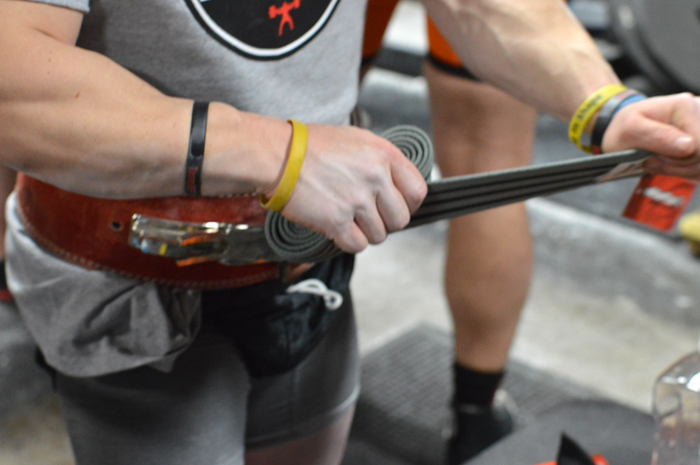
The other consideration would be if the particular person had maximized the efficiency they had technically, and was able to do this without placing a great amount of risk in lifting maximally on a regular basis. Another consideration to make is if the movements being selected should be trained maximally, or if the desired effect could be reached through lower intensities. While some people will attempt to address weak points through this the consideration needs to be made if maximal intensities are the best route to go.
To give an example here, good mornings at one point were very popular as a maximal effort exercise. Over time, the pendulum swung here and they fell out of favor and more squatting and deadlifting types of movements were performed. The consideration here is if the actual effect received from performing a 1-3 rep max on good morning had anymore return on the investment than loading this in a different manner. This is only one example as other exercises were similar. For those who like using variety in their training and employ the maximal effort method, the consideration always has to be whether it will really have any positive return to the end goal, and if not designated other options that will. Some people have picked exercises that were either hard for the sake of being hard or strange for the sake of being strange, but didn’t really see any positive correlation. I know this because I fell into this trap. Others who have had success chose variations that accomplished a particular goal.
In terms of athletes in other sports, where does this fit? The first consideration would be what is actually needed. A lineman in football could possibly benefit from an increase in maximal strength. However, the use of maximal effort weight lifting exercises would differ in usefulness depending on the particular individualities of the player himself. To play devil’s advocate here, a weak, undertrained offensive lineman could benefit from gaining some general maximal strength. However, is he able to actually perform maximal effort movements efficiently? If so, what movements would be chosen and how would they be dosed? Additionally, will the increase in a general movement have any particular transfer to the field, or would a more specific option better address his issues? This really is one of those cases where it depends on the situation at hand. The other consideration is how much maximal loading the athlete can handle and what other stressors are involved. Sprinting, jumping, throwing, football drills, and so on have to be considered because at many times these are done at high intensities.
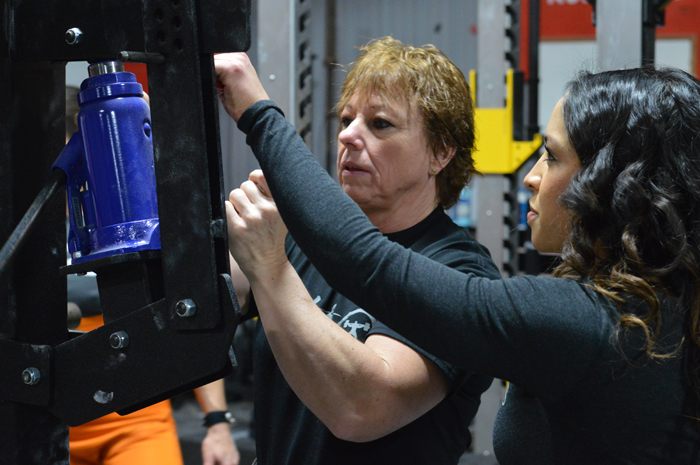
Specialized Exercises
I am going to start by admitting that I had this part wrong in the past. I was looking at this from a macro level and thinking in terms of the game which involved elements of technical and tactical preparation. Really, this would be looking to increase power output in the key movements of the sport. I would advise people to look at a recent article published here as well as here to get a better idea of what these exercises should accomplish.
The thing is, some coaches will say that our job is to just get athletes stronger or able to withstand more physical work and the sport coaches will take care of the rest. The opposite of this is those who attempt to try to replicate everything in the weight room without ever actually addressing any general points. However, it is somewhere in the middle here and should evolve as the athlete progresses. While getting stronger in general exercises can have transfer early on, the issue at hand is that sometimes the athlete does not possess enough strength in the associated muscle groups to perform movements correctly or does not have any idea how to engage these during the activity. By using specialized exercises, this would bridge the gap here and help them understand how to apply strength to what is required on the field.
In the realm of strength sports, specialized exercises would look to accomplish the same goal, which is increasing power output in the key movements. In the past, I have made the mistake of taking this to mean limit all accessory work and focus on large, compound movements only for almost the entirety of the training. However, some accessory type movements can fall into this category if they accomplish the actual goal as stated.
For example, on the deadlift, the lats may need to be held with static tension in order for the lifter to stay in position to efficiently perform the movement. However, no matter how much this is cued a lifter cannot make the connection of how to do this in the actual movement itself and its compound variations. While common lat exercises such as rows, pull downs, and pull ups may not address this, variations of certain other lat exercises that use a straight arm position and a static hold that is not unlike what would be used in a deadlift, variations of RDLs and similar movements which require the lifter to hold static tension in the lats, or other movements that would feature a similar structure could be used. Once this is trained, utilizing more specific movements that require this could bridge the gap between the original discrepancy and applying the correct technique and newly acquired strength to the competition movement, which would in turn increase the power output in the key movement.









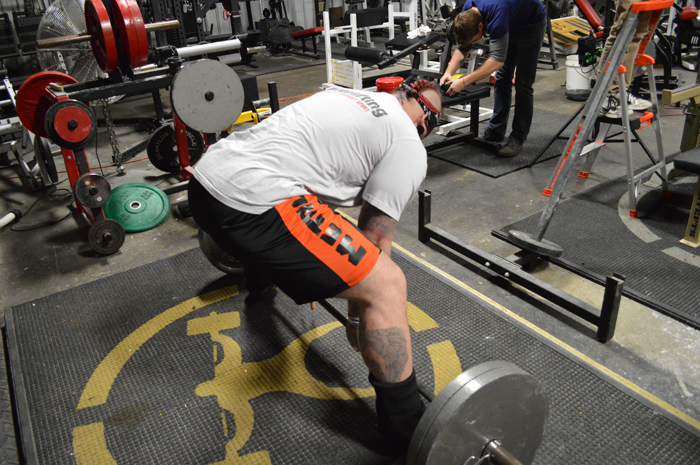
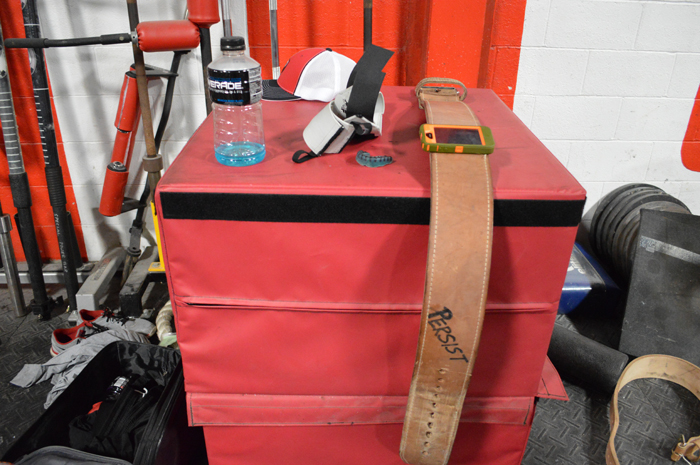
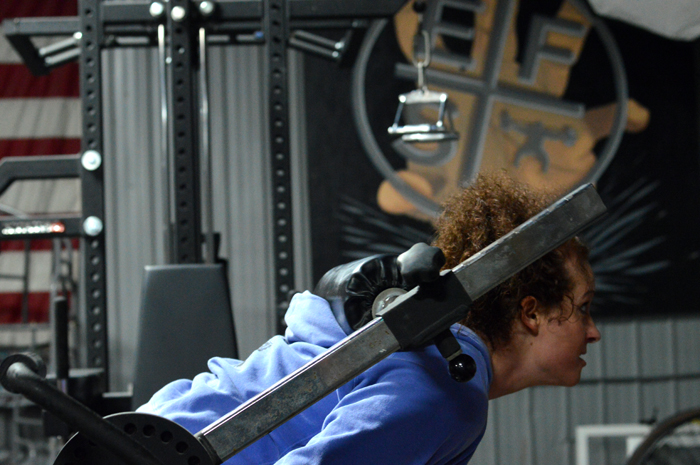
3 Comments